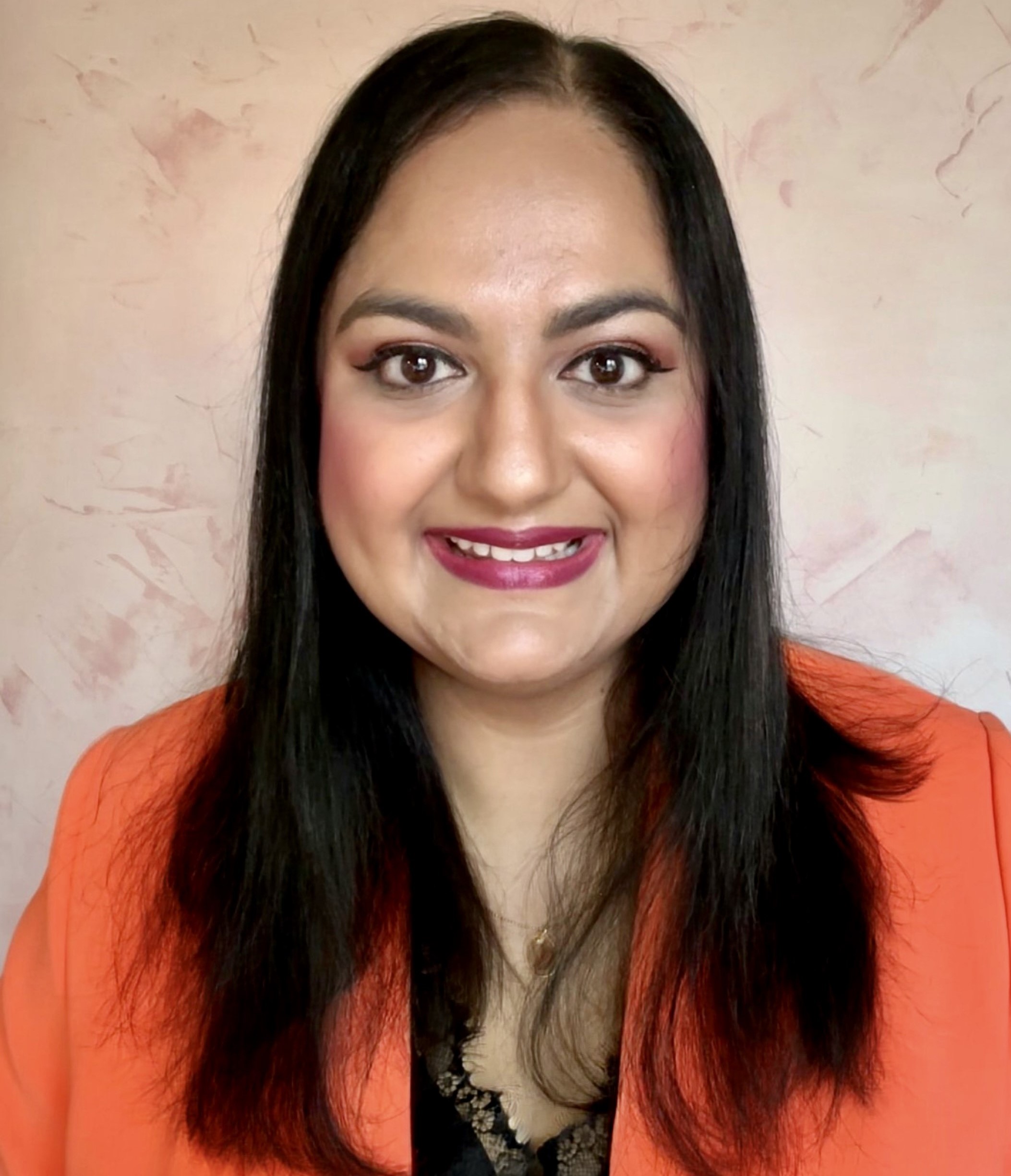By Farzana Haq, a Senior Clinical Pharmacist and an Independent Prescriber based in Scotland
 In the healthcare industry, independent prescribing has emerged as a significant development, offering healthcare professionals like me the opportunity to play a more active role in patient care.
In the healthcare industry, independent prescribing has emerged as a significant development, offering healthcare professionals like me the opportunity to play a more active role in patient care.
In this blog I will talk about the difference between pharmacist independent prescribers and non-medical prescribers, and how your decisions when becoming an independent prescriber can shape a more comprehensive and patient-centred approach to healthcare.
Choosing a university
In order to be a prescriber you will need to complete a Practice Certificate in Pharmacist Independent Prescribing from a university that has been accredited by GPhC to offer a prescribing programme. A full list of accredited universities can be found on the GPhC website.
The course will prepare you to achieve the relevant learning outcomes required by the GPhC to be eligible to apply for annotation as a Pharmacist Independent Prescriber. It is important to be aware that these universities can differ quite a lot with regards to:
- Duration of the prescribing course
- Complexity of portfolio (some are more difficult than others)
- Whether the DPP has to be a medical prescriber or can be both medical and non-medical DPP
- Number of written assessments
- Whether a face-to-face OSCE is required
- Whether a residential face-to-face period for teaching at the university is required
- Maximum number of students per cohort
- Maximum number of cohorts per academic year
- What therapeutic areas are offered
- Entry requirements
- Annual fees
As I am based in Scotland, I decided to pick a Scottish university of which there are only two: the University of Strathclyde and Robert Gordon University. I went with Strathclyde which has one of the more difficult courses. My course started in June 2017 and was expected to end in December 2017 so was longer than many other universities. The course is equivalent to 300 hours of student effort but in reality, I spent much longer on it than 300 hours.
I would suggest you do your research before applying to your choice of university and even contact the course director at each university for more information. As much as my course was long and difficult, I also felt it was very comprehensive and I felt confident in my abilities and skills once I qualified.
Choosing a therapeutic area
One of the defining features that set pharmacist-independent prescribers apart from their non-medical counterparts is the requirement to choose a specific therapeutic area during their course of study. This chosen area should ideally align with your existing knowledge and expertise, while also addressing a recognised prescribing need within your workplace. For me, this was a crucial decision, as it directly impacts the quality of care I provide to my patients.
Defining scope and impact
The process of becoming an independent prescriber involves more than just acquiring a qualification. It's about integrating new skills into your daily practice to ensure enhanced patient outcomes. As aspiring independent prescribers, it's essential to clearly define the area of practice and the patient demographic where the prescribing will be undertaken. This serves as the foundation upon which prescribing skills are honed and clinical competence is built.
Developing clinical competence
While the course equips aspiring independent prescribers with the necessary skills, the true test lies in your ability to translate theory into practice. Clinical competence encompasses not only the act of prescribing but also the diagnosis and management of the condition being treated. A comprehensive understanding of the medicines to be prescribed is vital.
How my decision expanded my horizons
My decision to specialise in renal medicine was not without its challenges. However, this choice provided me with a solid foundation to build my clinical competence in areas such as hypertension, type 2 diabetes, and heart failure. The broader scope of practice allowed me to provide holistic patient care, which has proven to be immensely satisfying on both a personal and professional level. Through independent prescribing, I have been able to make a tangible difference in the lives of my patients.
Read our policy on Pharmacist Independent Prescribers.
Read more RPS blogs.